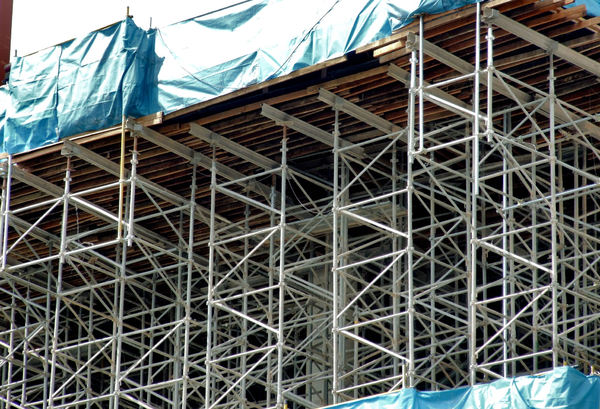the industrial material chain is a complex system of organizations, including numerous individuals, responsible for extracting and processing materials. understanding this supply chain is crucial for manufacturers who want to ensure the smooth and efficient production of metals.
primary mining and production companies extract crude materials such as tantalum and tin from the earth using advanced excavation methods. the extracted materials are then handled through a multistep process including chemical treatment to separate the valuable minerals from the waste rock.
the next stage in the supply chain is the molten metal process. Smelting involves heating the raw metals to extremely high temperatures in heating facilities, resulting in the production of a purified material. Purification is achieved through refining by using advanced purification techniques.
once the refined metal has been produced, it is then subjected to metal fabrication processes into the desired shape. this process is known as metal shaping. some key metal manufacturing methods include advanced shaping techniques.
the demand for metals is often fuels the need for raw materials in various sectors. as a result, the supply chain for metals involves in addition suppliers from different countries. a disruption in the supply chain can have far-reaching consequences, making it essential for companies to develop strategies to reduce risk exposure and secure a stable supply.
some key challenges in the metal supply chain include unpredictable commodity price fluctuations, shortages of raw materials, and suppliers selling materials under the minimum price. as the global demand for metals continues to rise, companies must identify opportunities for growth and efficiency in order to ensure their reputation and reliability.
the sustainability challenges is also a pressing issue, raising concerns about resource depletion. mining and processing raw metals can result in significant ecological, social, and http://army.clanfm.ru/viewtopic.php?f=2&t=38499 health impacts for local communities. to mitigate these effects, companies are adopting environmentally responsible initiatives such as efficiency improvements.
overall, understanding the supply chain in metal production involves recognizing the interconnectedness of various stakeholders and processes involved in the production of metals. by identifying the challenges and the opportunities facing the industry, companies can take steps to reduce their environmental footprint.


 Creating an effective work environment in the industry is crucial for boosting employee productivity, morale, and overall job satisfaction. It is also essential for attracting and retaining top talent. A well-designed work environment can drive business results, improve work-life balance, and enhance the overall employee experience.
Creating an effective work environment in the industry is crucial for boosting employee productivity, morale, and overall job satisfaction. It is also essential for attracting and retaining top talent. A well-designed work environment can drive business results, improve work-life balance, and enhance the overall employee experience.